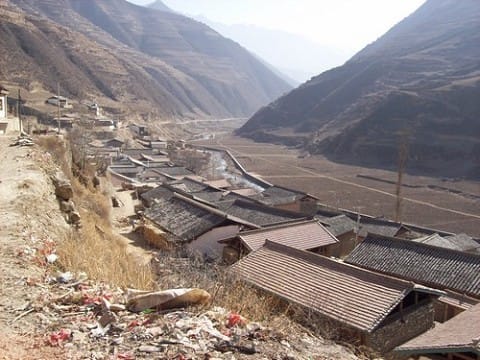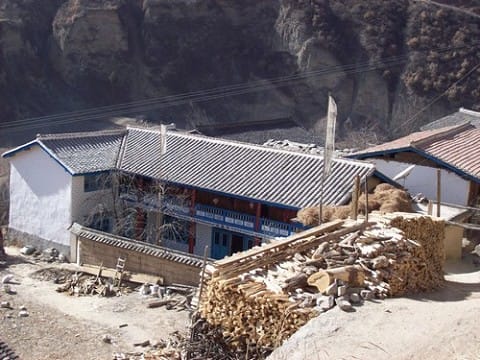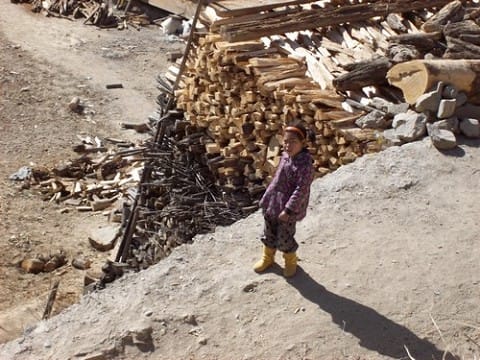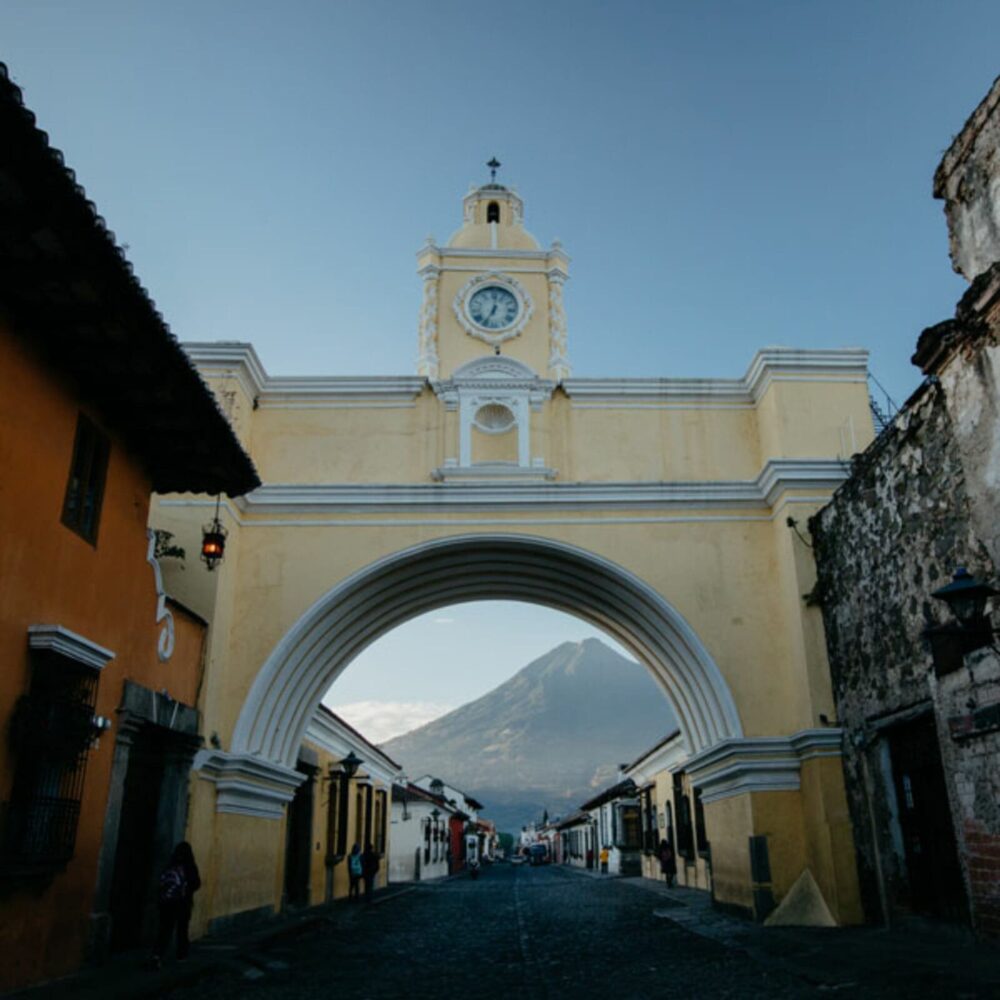 The Boyu Tibetan people live in the far southern portion of Zhugqu County in the south-eastern portion of Gannan Tibetan Autonomous Prefecture in southern Gansu Province. Although their primary village is located in a valley in southern Zhugqu County, it is much more easily reached by road from Wenxian County (2-3 hrs) to the southeast or from Jiuzhaigou County (3-4 hrs) in northern Sichuan to the southwest. The largest Boyu village is not extremely far from the Zhugqu County Seat, however a large range of mountains blocks all travel except that done on foot, horseback, or maybe a motorcycle or tractor.
The Boyu Tibetan people live in the far southern portion of Zhugqu County in the south-eastern portion of Gannan Tibetan Autonomous Prefecture in southern Gansu Province. Although their primary village is located in a valley in southern Zhugqu County, it is much more easily reached by road from Wenxian County (2-3 hrs) to the southeast or from Jiuzhaigou County (3-4 hrs) in northern Sichuan to the southwest. The largest Boyu village is not extremely far from the Zhugqu County Seat, however a large range of mountains blocks all travel except that done on foot, horseback, or maybe a motorcycle or tractor.
When trying to reach the Boyu area in January of 2010, we traveled a long, rough dirt road that passed through numerous Chinese villages and even a Hui (Muslim) town before finally reaching some higher wooded valleys where we came upon the primary Boyu village. In many ways, the area looked just like any other poor, rural area in China’s hinterland, albeit with some signs from the way people dressed and decorated their homes that these were not native Han Chinese people.
 The village was not large and after wandering around and praying for a bit we were invited into one home and served some tea. The man was very friendly and seemed excited to meet outsiders. We spoke with him for awhile and tried sharing the Gospel with him, but weren’t sure how much of our Chinese he was able to comprehend (although he did take a Chinese New Testament from us). The Boyu still speak their own native language at home, but it seems most also speak enough Chinese to have at least simple conversations. Many must interact sufficiently at school and with their Chinese speaking neighbors from farther down the valley to have become conversational in Chinese and often completely bi-lingual.
The village was not large and after wandering around and praying for a bit we were invited into one home and served some tea. The man was very friendly and seemed excited to meet outsiders. We spoke with him for awhile and tried sharing the Gospel with him, but weren’t sure how much of our Chinese he was able to comprehend (although he did take a Chinese New Testament from us). The Boyu still speak their own native language at home, but it seems most also speak enough Chinese to have at least simple conversations. Many must interact sufficiently at school and with their Chinese speaking neighbors from farther down the valley to have become conversational in Chinese and often completely bi-lingual.
In all honesty, with such a small surviving population (Est. 4200 in 2010) and with the trend towards using more and more Chinese, I can’t imagine how a missionary would be able to become fluent in the Boyu language. It seems that it would be extremely difficult to stop communicating in Chinese long enough to become sufficiently immersed in Boyu so that fluency could be reached and the Gospel presented. Another huge hurdle would be trying to live in the Boyu area for extended periods of time without being rooted out by the regional authorities.
 In light of the growing use of Mandarin Chinese among the Boyu (especially the youth) and the difficulties involved for an outsider to attempt learning their native language, I don’t think it would be misguided for an attempt to be made to reach out to the Boyu using the trade language of this region in southern Gansu, which is one of the many Gansu dialects of Mandarin Chinese.
In light of the growing use of Mandarin Chinese among the Boyu (especially the youth) and the difficulties involved for an outsider to attempt learning their native language, I don’t think it would be misguided for an attempt to be made to reach out to the Boyu using the trade language of this region in southern Gansu, which is one of the many Gansu dialects of Mandarin Chinese.
As stated in the people group profile prepared by Paul Hattaway over ten years ago, there are still no known Christians among the Boyu Tibetans today. The nearest known churches to the Boyu are located a few hours to the southeast in Wenxian County. Wenxian is home to a few dozen Han Chinese churches that were originally founded long before the Communist takeover in 1949. On a previous journey to the region in 2008, I discovered that the Wenxian believers had reached out and planted a few small churches among the Baima people who inhabit the southern part of their county. This gives me hope that they can also reach out cross-culturally to the Boyu, although the distance is great enough between them that the Christians in Wenxian might simply be ignorant of the Boyu’s existence and spiritual need.
Pray for the Boyu Tibetans, and pray for laborers to be called forth to go and reach them with the Gospel, whatever it might take to do so!
*I wrote about my initial visit to the Boyu area in this post just a week after the fact.









I am willing. If God helped get me out of debt,
my family and I would leave all this (usa) in a second.